If you’re suffering from shoulder impingement and want quick relief, we can help. We’ve put together our top 3 shoulder impingement exercises that can help reduce your pain quickly!
What is shoulder impingement?
Shoulder impingement is a common condition that occurs when the tendons or bursa (water filled sac) in the shoulder become compressed or irritated. It typically causes pain and limited mobility in the shoulder joint, making everyday activities challenging. This condition often results from repetitive overhead motions, poor posture, or muscle imbalances around the shoulder joint. However, with the right exercises and care, you can alleviate the discomfort and regain shoulder function.
What are the top 3 causes of shoulder impingement?
- Repetitive Overhead Movements: Activities such as throwing, swimming, or lifting objects overhead can contribute to shoulder impingement. These actions put repetitive stress on the shoulder joint, leading to inflammation and irritation.
- Poor Posture: Slouching or hunching forward can disrupt the natural alignment of the shoulder joint, narrowing the space through which the tendons and bursa pass. Over time, this can result in impingement and discomfort.
- Muscle Imbalances: Weakness or tightness in certain muscles around the shoulder, such as the rotator cuff and scapular stabilisers, can cause abnormal movement patterns. These imbalances can increase the risk of shoulder impingement.
What are the top 3 exercises for shoulder impingement?
Side Lying External Rotation
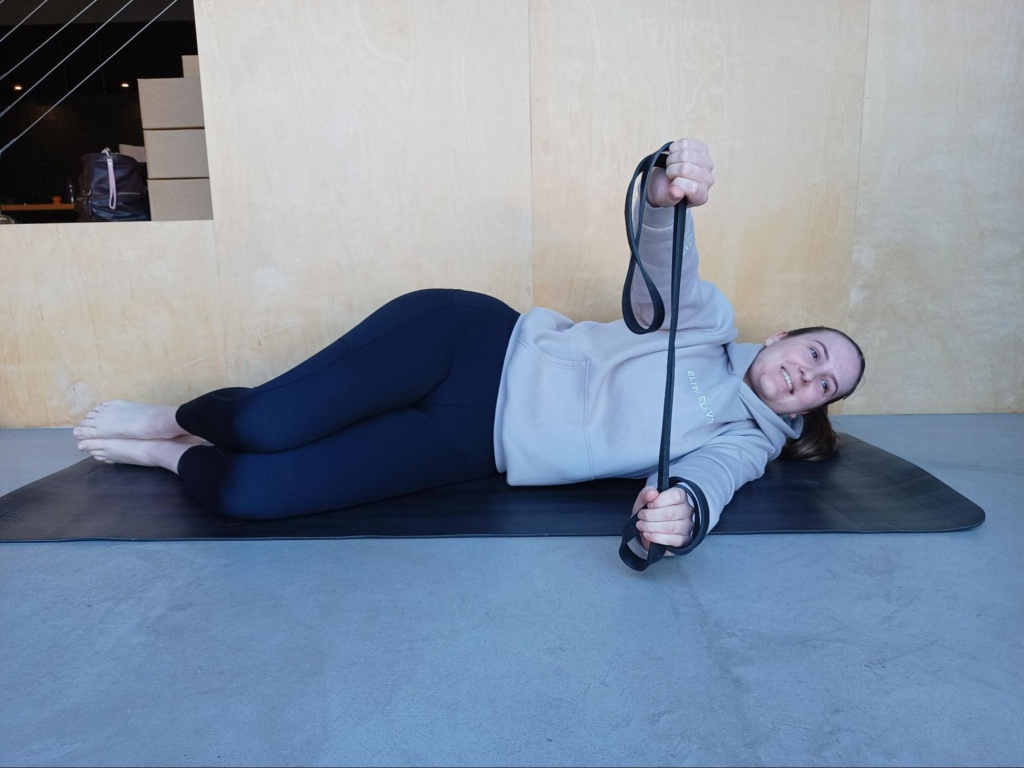
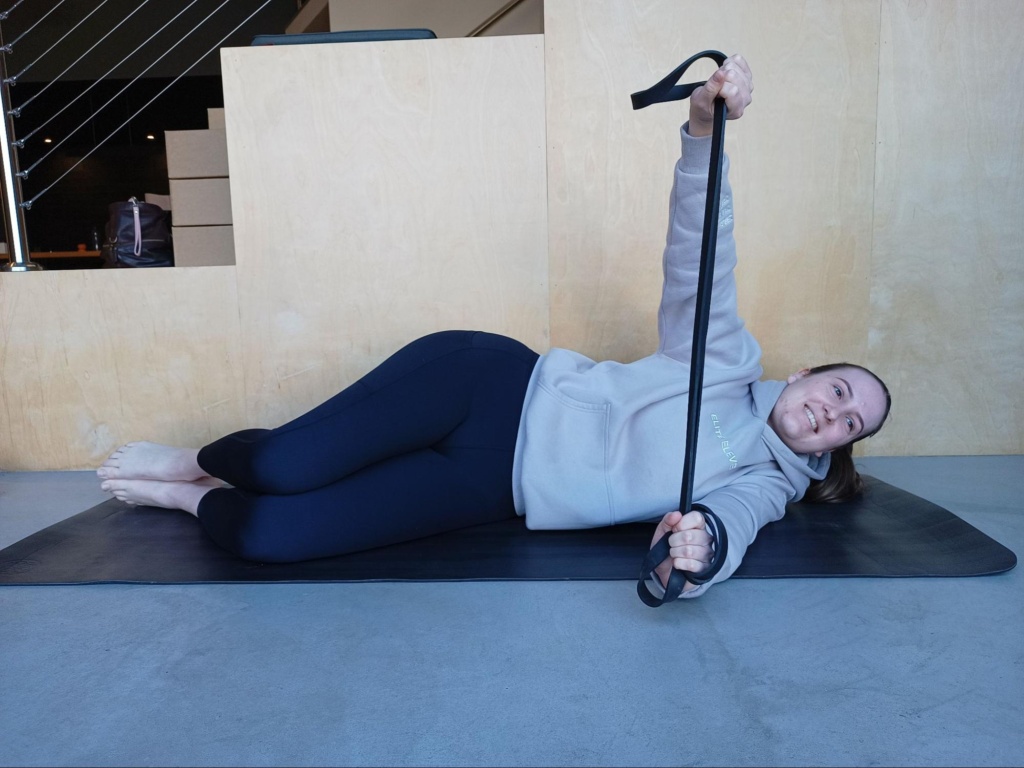
- Lie on your side with your affected shoulder facing up.
- Hold a light dumbbell or a resistance band and keep your elbow bent at 90 degrees.
- Slowly rotate your forearm away from your body while keeping your elbow tucked against your side.
- Repeat this exercise for 10 repetitions, gradually increasing the weight or resistance as tolerated.
Prone Shoulder Internal and External Rotation
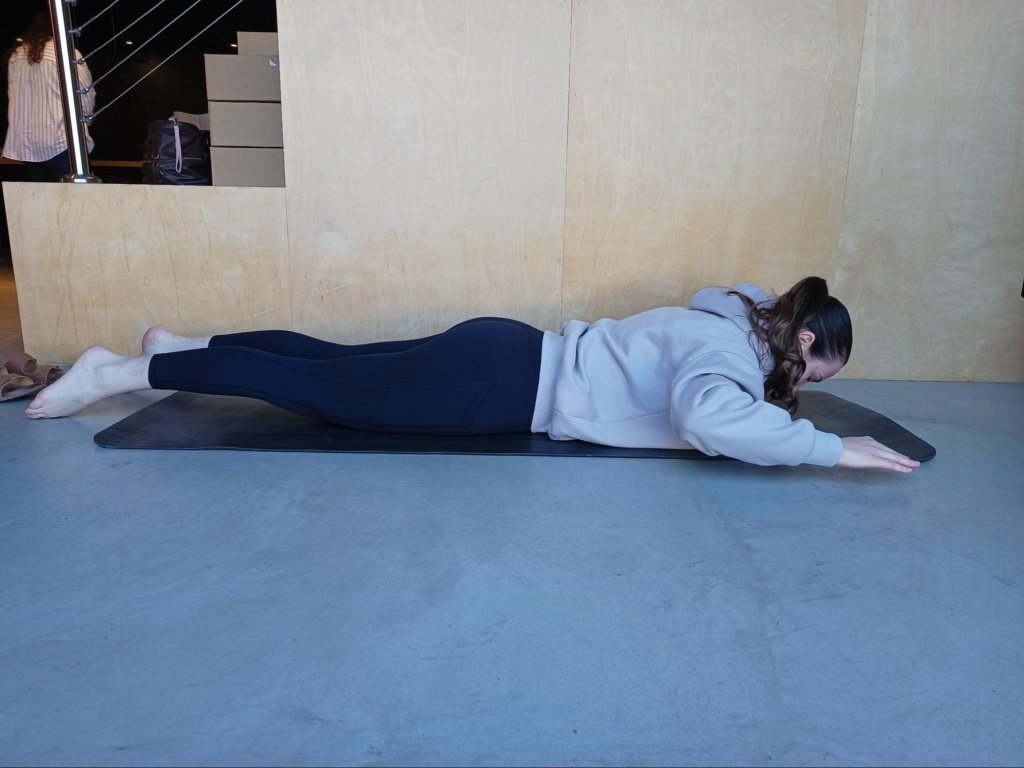
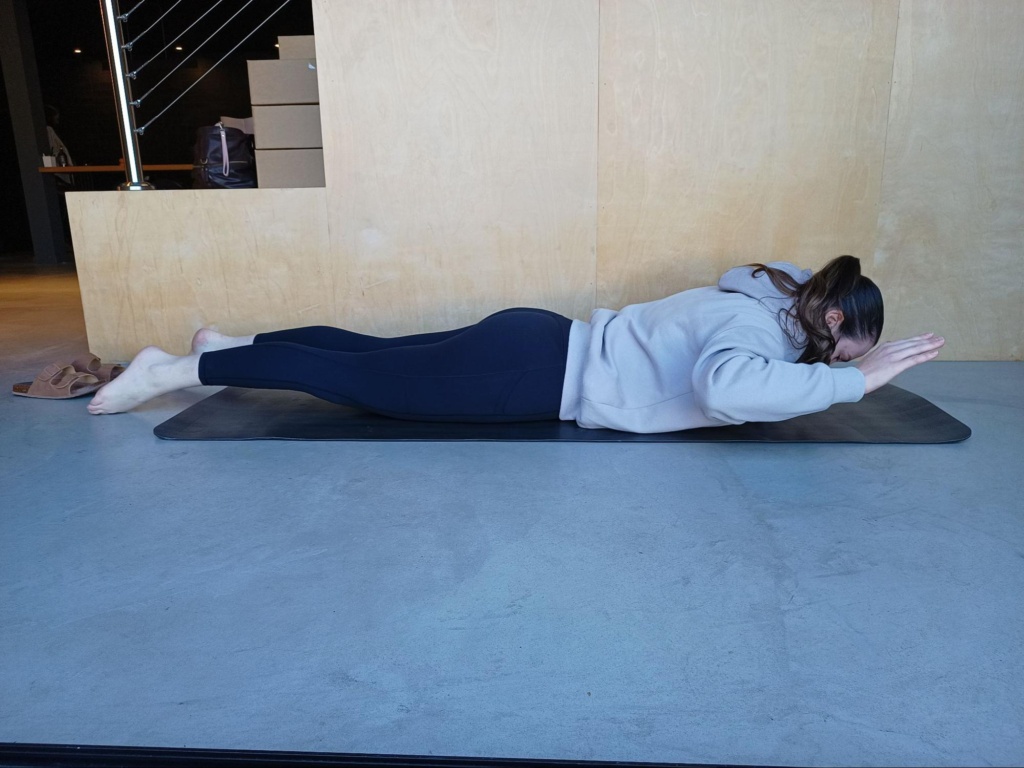
- Lie on your stomach on a comfortable surface with your arms hanging down and your palms facing down.
- Keeping your elbows bent at 90 degrees, lift your forearms off the ground and externally rotate them by moving your hands away from the ground.
- Then, internally rotate your forearms by bringing your hands toward your body.
- Perform 10 repetitions of each movement.
Posterior Capsular Stretch

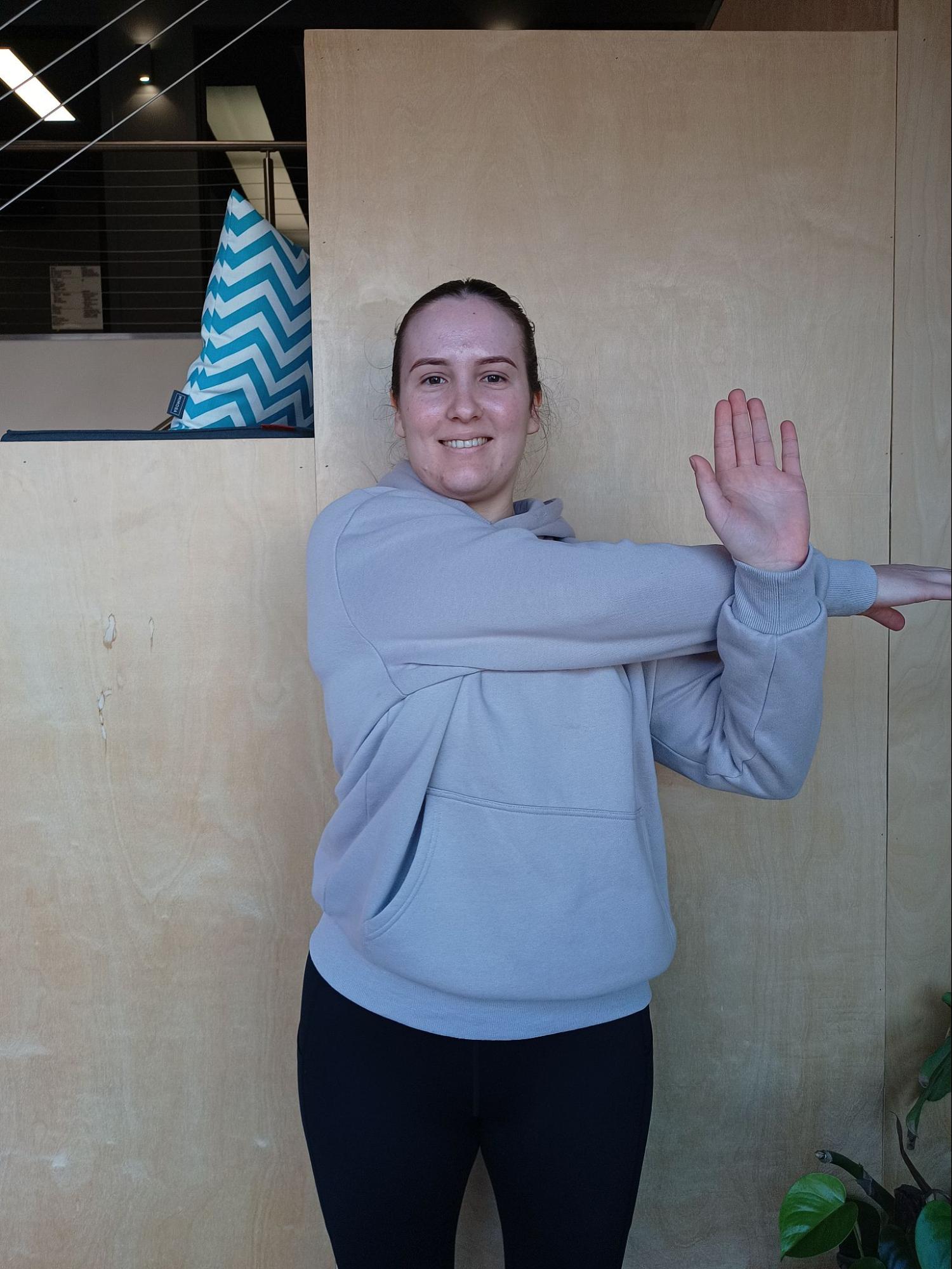
- Stand upright and extend your affected arm straight across your chest.
- Use your other hand to gently pull the affected arm closer to your body until you feel a stretch in the back of your shoulder.
- Hold this position for 30 seconds.
Repeat each of these exercises 3-4 times, or until you start to feel relief!
When to see a physiotherapist
While self-care exercises can be beneficial, it’s important to consult a physiotherapist if your symptoms persist or worsen. Seek professional guidance if you experience severe pain, have difficulty performing daily activities, or if home exercises don’t provide relief. A physiotherapist like Benchmark Physiotherapy, can assess your condition, develop a tailored treatment plan, provide hands-on therapy, and guide you through appropriate exercises. They can also address any underlying causes, provide pain management strategies, and help prevent future shoulder impingement.
Remember, everyone’s condition is unique, and it’s crucial to seek personalised advice from a healthcare professional for an accurate diagnosis and treatment plan. If you live in the Sydney area, contact us today to find out how we can help you.









